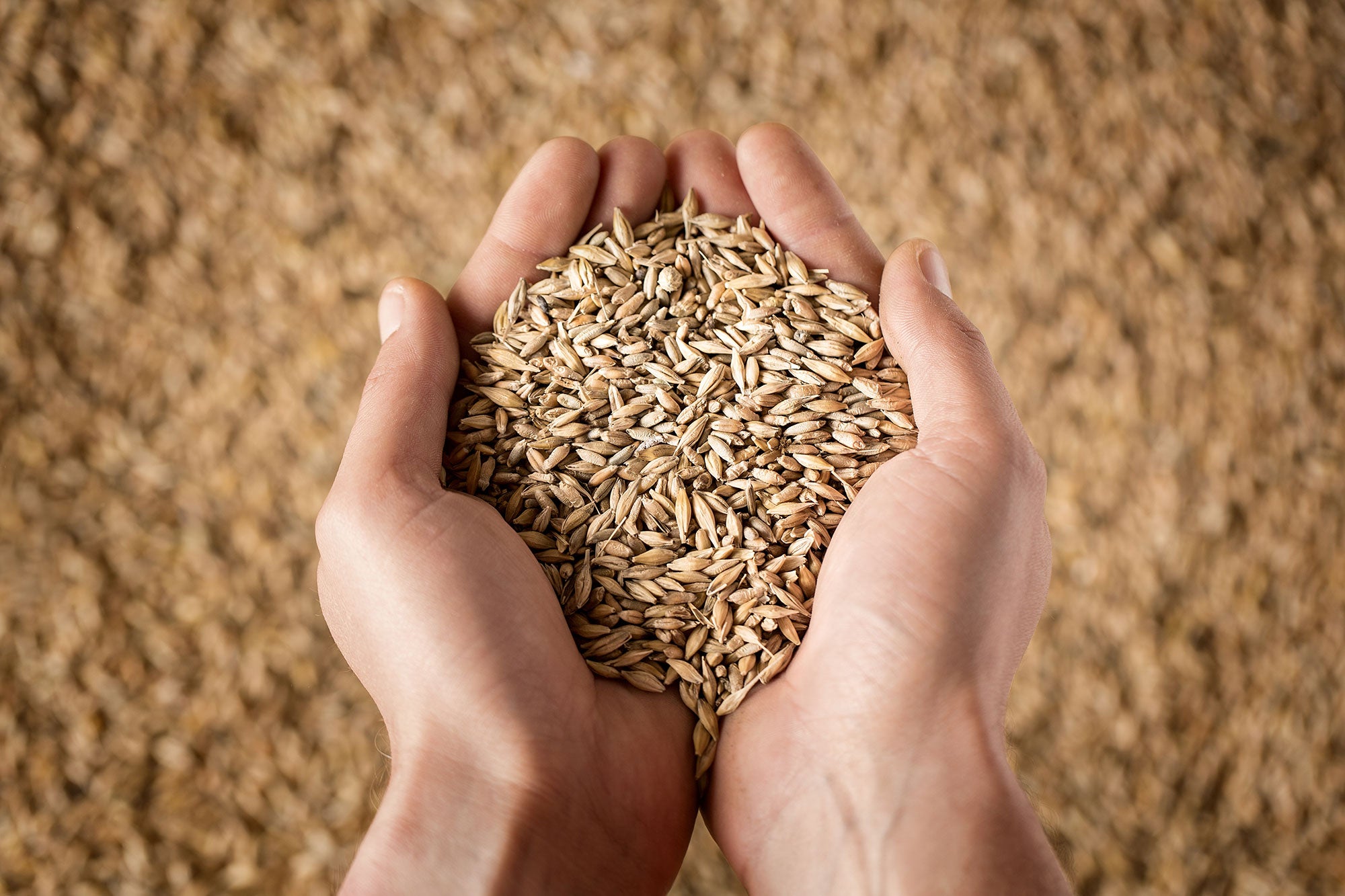The U.S. Department of Agriculture has cleared a major regulatory hurdle for Bioceres Crop Solutions Corp.’s HB4 wheat technology, potentially paving the way for the first genetically modified wheat to enter the North American market. This milestone, announced today, marks a transformative moment in agricultural biotechnology, though it is not without its challenges.
The USDA’s Animal and Plant Health Inspection Service conducted a thorough analysis of HB4 wheat. It concluded that it poses no greater risk of becoming a plant pest than traditional wheat varieties. As a result, HB4 wheat will not be subject to the stringent regulations under 7 CFR part 340, which govern genetically engineered organisms.
“Wherever wheat is grown in the world, drought takes its toll on yields and quality, so an innovation like HB4 holds a lot of interest for growers like me,” said U.S. Wheat Associates Past Chairman and Okarche, Oklahoma, wheat grower Michael Peters. “With global demand for wheat hitting new records almost every year, there is concern about variable production.
However, despite this regulatory success, major international buyers of U.S. wheat, including Mexico, the Philippines, and Japan, have not approved HB4 wheat. This raises concerns about the market acceptance of genetically modified wheat, echoing a situation from two decades ago.
Back then, Monsanto Co. attempted to commercialize a wheat variety engineered to withstand treatments of its Roundup weed-killer. The initiative was halted in 2004 after international buyers threatened to boycott U.S. wheat if the product was introduced. Bayer AG, which purchased Monsanto in 2018, faced similar market pressures in the past, underscoring the ongoing tension between agricultural innovation and global trade dynamics.
This green light from the USDA does allow for the commercial production of HB4 wheat in the United States and builds on the positive review already received from the Food and Drug Administration for its use in human and animal food. The U.S., a global wheat powerhouse, now joins Argentina, Brazil, and Paraguay in authorizing HB4 wheat, marking a significant shift in the landscape of wheat production.
Bioceres has emphasized that HB4 wheat has been approved for food and feed use in several countries, including Australia, New Zealand, South Africa, and Chile. In Australia, a key wheat-producing region grappling with severe water shortages, Bioceres has secured a license for field trials aimed at gathering data to support future production.

HB4 wheat was engineered from the Cadenza variety and incorporates two key genetic modifications. The first involves the HaHB4 gene from sunflowers, which plays a crucial role in helping the plant withstand environmental stresses. The second modification introduces the bar gene from Streptomyces hygroscopicus, providing resistance to the herbicide glufosinate.
Given the complexity of the wheat genome, which consists of about 17 billion base pairs and numerous repetitive sequences, the genetic event known as IND-00412-7 was meticulously characterized using Next Generation Sequencing techniques. The HaHB4v gene was precisely located on chromosome 2D, confirmed through detailed analysis using single nucleotide polymorphism markers across various wheat populations.


